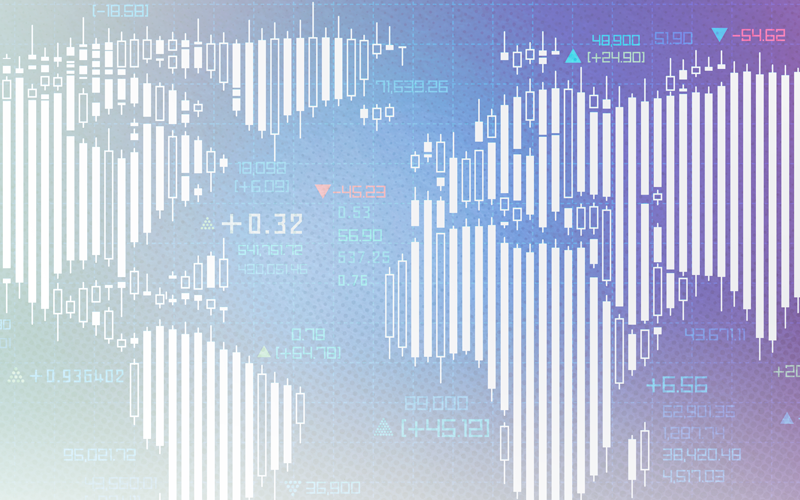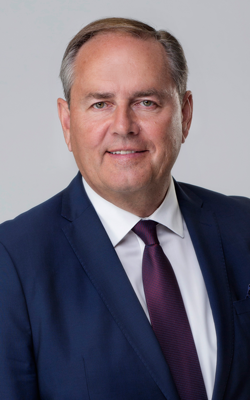
Disruption at Cameco
Disruption has become a hot topic in the business world as of late. It impacts the economies in which our graduates work and the society in which we live. By introducing uncertainty, it also influences our decision-making. Thrive asked Tim Gitzel to author an opinion piece for our readers.
Tim Gitzel is the President and Chief Executive Officer of Cameco and a University of Saskatchewan alumnus. He serves on the advisory council of the Edwards School of Business and the University of Saskatchewan College of Law and is based in Saskatoon.

I’ll always remember March 10, 2011.
I was sitting in the Cameco board room with our senior management team, talking about what shape our strategy should take in a booming nuclear energy market.
Cameco intended to double its uranium production in order to meet the increasing demand coming from across the globe. We had capital expenditure plans of over a billion dollars per year over a five-year window. Quite frankly, we didn’t know if there would be enough uranium to meet the demand we were seeing in the future.
The very next day, March 11, I remember our CFO Grant Isaac coming into my office to ask whether I had heard – there had been a 9.3 magnitude earthquake off the coast of Japan that triggered a 45-foot tsunami and wiped out 20,000 people and miles and miles of infrastructure in a matter of hours. It was incredibly tragic.
In the path of the wave was a nuclear plant called Fukushima Daiichi. Cut off from its power, the core of one of the reactors melted a bit. Nobody was killed at the plant, but the event caused great consternation. Within months, Japan shut down its 54 reactors, Germany shut down eight and other countries shuttered their expansion plans.
So almost overnight, our market disappeared. The price of uranium on March 10, 2011, was $75 per pound. As of the end of October in 2019, it’s around $25.
There’s no playbook in business school for how to deal with a situation like this. Pretty much everything you can imagine took a hit—morale, finances, our reputation —and Cameco had to take some strong medicine.
I remember calling the Premier on April 26, 2016, and telling him that we were shutting down our Rabbit Lake mine. I flew up there, gathered 500 people in the gym and told them they no longer had a job.
But that wasn’t enough. We felt we had to show more leadership in the industry, so we temporarily shut down the best mining facilities in the world at McArthur River/Key Lake. Obviously this makes no sense – usually, it’s the higher cost production that comes off first, leaving the low-cost production, but we have no choice.
You see, Cameco operates in a world where the playing field isn’t level because the other top uranium producers are state-owned enterprises. We have an obligation to make a return for our shareholders. They don’t. And when you’re in competition with state-owned entities, it becomes complicated. Rational economic theory doesn’t apply.
The medicine we took put a lot of hurt on the province and our people. They were the hardest decisions we’ve had to make as a company, but we tried to be as fair and compassionate as we could.
Externally, we also had two very challenging situations playing out with our CRA tax litigation and TEPCO, one of our biggest customers, trying to cancel a long-term contract worth $700 million (US).
This was life at Cameco over the past eight-and-a-half years. It hasn’t been easy, but that is the nature of the commodities business and we are in it for the long haul. All you can do is look at your organization, make the changes you need to survive and keep working through it.
The good news is that Cameco has seen this movie before, a couple times. We now see the market starting to come back and there are lot of things going in our favour.
One of the biggest is the concern over climate change, a global issue that we’ve seen gathering substantial momentum over the last year or so. When we talk to countries relying on oil, gas and coal, they tell us that clean air options are what they need. They need more electricity and they know that windmills and solar can’t do it all.
So we’re seeing the nuclear industry having a bit of a rebirth. There are about 50 reactors being built worldwide with countries like China and India leading the way, and the demand for clean, reliable, baseload power isn’t going away.
We’ve been able to weather the storm because we live by the code, “Tough times don’t last, tough people do.” We’re looking forward to the future, and to energizing the world as the global leader of fuel supply for clean-air nuclear power.
